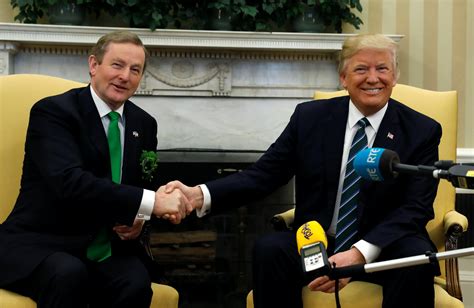Amidst the political landscape, one topic has been causing waves – Trump’s new tariffs. These trade policies have sparked debates across industries, leaving many wondering who will benefit and who will suffer.
Trade Wars and Economics
Trade wars are complex beasts that can have far-reaching consequences. When a country imposes tariffs on imports from another nation, it sets off a chain reaction. Prices fluctuate, supply chains are disrupted, and businesses must adapt to survive.
In the case of Trump’s tariffs, the winners and losers are not always clear-cut. While some industries may see a boost in protectionism, others could face retaliatory measures that harm their bottom line.
Winners: Protecting Domestic Industries
One group that often benefits from tariffs is domestic industries that compete with imported goods. By making foreign products more expensive through tariffs, local companies can gain a competitive edge. This protectionism can help safeguard jobs and support economic growth within the country.
Additionally, certain sectors like steel and aluminum may experience a surge in demand as import prices rise. This increased demand can lead to expansion within these industries, creating more job opportunities for workers.
Losers: Consumers Bear the Brunt
On the flip side of the coin, consumers are typically hit hard by tariffs. When import prices go up due to additional costs imposed by tariffs, consumers end up paying more for everyday goods. This increase in prices can strain household budgets and reduce purchasing power.
Furthermore, businesses reliant on imported raw materials or components may struggle to stay competitive as production costs soar. Small businesses, in particular, could find it challenging to absorb these extra expenses without passing them on to consumers.
The Global Ripple Effect
Trump’s tariffs don’t just impact American soil; they send shockwaves throughout the global economy. As other countries retaliate with their own trade barriers or seek alternative markets to avoid US tariffs, international trade dynamics shift dramatically.
For multinational corporations with complex supply chains spanning different countries, navigating this new terrain becomes tricky. They must rethink sourcing strategies, assess geopolitical risks, and factor in potential tariff fluctuations when planning ahead.
Expert Insights: Navigating Uncertain Waters
According to economic analysts, the key to weathering tariff storms lies in adaptability and foresight. Businesses that proactively diversify suppliers or explore domestic sourcing options can mitigate risks associated with trade disruptions.
Moreover, maintaining open lines of communication with policymakers and staying informed about evolving trade policies is crucial for staying agile in turbulent times. Flexibility and innovation will be essential traits for companies aiming to thrive amidst changing trade landscapes.
As we delve deeper into the repercussions of Trump’s new tariffs on both winners and losers alike,it becomes evident that understanding these intricate dynamics is vital for preparing for an uncertain economic future.




Leave feedback about this